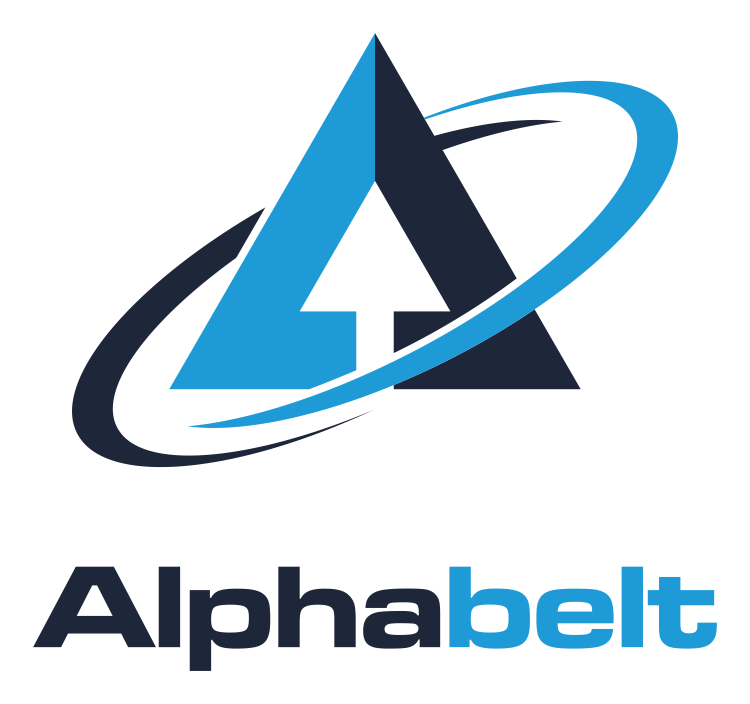Selection of the base belt
Generally, we can manufacture vacuum belts from any type of basic belt, whether timing belts, poly-V belts or conveyor belts. Each of these is available in different base materials. Very often, the well-proven belt materials PU and neoprene with tension cords made of Kevlar are used. The choice of a suitable base belt depends, for one, on the nature, dimensions and weight of the goods to be transported and, for another, on the conditions of use, i.e., for example, the speed, the forces to be transmitted, the temperature, the contact pressure, abrasive or chemical influences, and so on.
Punching of the belt and milling of vacuum pockets
The simplest way of creating a vacuum belt is by merely punching holes through the base belt, whereby the diameters and hole spacings can be freely chosen. Additionally, pockets can be machined into the back of the belt. These pocket structures are usually CNC-milled, as the geometry can thus be designed as desired and individualized according to customer specifications. In operation, these pockets generate suction when pressed against the material to be transported, which facilitates precise handling.
Milling of a vacuum channel into the tooth side
If this simple suction effect is not sufficient for reliable adhesion, for example with high haul-off speeds or heavier goods, an additional vacuum can be applied to the belt. For this purpose, we mill a continuous suction channel in the longitudinal direction on the tooth side of the belt. The width of the channel is variable. During operation, the vacuum applied there is transferred via the perforations to the contact surface with the transported material.







